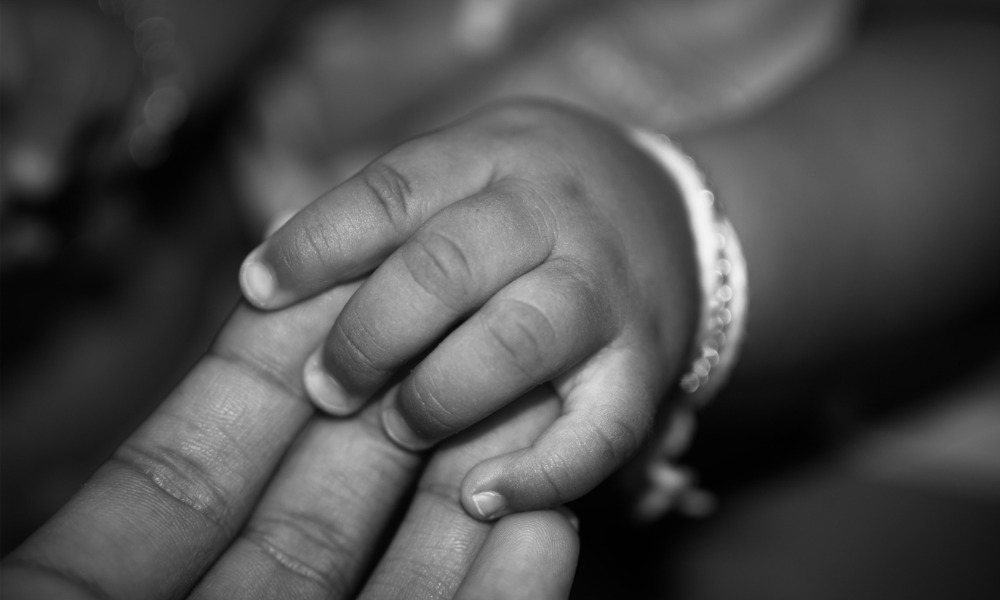Government slams policies that led to tragedy

The death of a two-year-old boy in a flat deemed unfit for human habitation has highlighted the grim living conditions endured by some people in social housing, an inquest has heard.
Awaab Ishak died shortly after his second birthday in December 2020 after being continually exposed to mould while living in a rented flat on an estate owned and managed by Rochdale Boroughwide Housing (RHB).
The inquest at Rochdale Coroners Court this week heard the toddler died as a result of a severe respiratory condition caused by prolonged exposure to mould in his home.
The boy’s father, Faisal Abdullah, first noticed the mould in the kitchen in October 2017 and was told to “paint over it” by property managers. The mould reappeared a year later, but despite frequent complaints, including a request to move home, his appeals were ignored, the inquest heard.
A health visitor also approached RBH a month later after finding mould had extended beyond the kitchen. Daniel McVey, a surveyor at Rochdale Council, who also visited the flat, said it was “unfit for human habitation”.
Greater Manchester Police also told the inquest that a number of properties on the same estate owned by RBH had damp and mould, but no criminal proceedings were taken against the housing association “as they did not meet the evidence threshold”.
Coroner Joanne Kearsley said that Awaab’s death should be “a defining moment” for the housing sector, while the government described the landlord’s failure to remove the mould as a dereliction of duty.
Prior to his death, Awaab suffered coughing fits that would sometimes last up to three days.
Awaab was rushed to hospital after struggling to breathe but was discharged the following morning. However, he was back in hospital the following day on December 20, 2020, and died after suffering a cardiac arrest brought on by respiratory failure.
Dr Phillip Lumb, who carried out the post-mortem examination, said fungus was found in his blood and lungs. The cause of death was ‘environmental mould pollution’.
Kearsley concluded the hearing by asking how a two-year-old child could die due to exposure to mould in the UK in 2020.
She said: “This issue is not simply a Rochdale problem, nor is damp and mould simply a social housing problem, it is a significant issue in the private sector too. There is little doubt that the tragic death of Awaab Ishak will and should be a defining moment for the housing sector.”
Read more: Rents continue to rise – ONS
RHB’s chief executive, Gareth Swarbrick, said he was “truly devastated about Awaab’s death and the things we got wrong”, adding that “this can never happen again”.
He said: “We didn’t recognise the level of risk to a little boy’s health from the mould in the family’s home. We allowed a legal disrepair process, widely used in the housing sector, to get in the way of promptly tackling the mould.”
However, housing secretary Michael Gove was highly critical of Swarbrick, who he claimed was earning “north of £150,000”, and summoned him to appear in an urgent meeting.
He said: “It beggars belief that this guy is still in office. He is coming here in order to explain to me why it was that this tragedy was allowed to happen.”
He added: “When you have got a situation where you have a young child in a house that is unfit for human habitation, it is a basic responsibility of the local authority - but particularly the housing association - to make sure that people are in decent homes.”
The RHB forwarded a statement to Mortgage Introducer regarding the housing secretary’s comments, confirming that “a conversation has taken place” between the two men.
In parliament, Conservative MP for Heywood and Middleton, Chris Clarkson, branded RHB “modern-day slumlords”, citing a similar case in his constituency in a house owned by RHB that was “caked in black mould” and where children had become severely ill.
Government under fire
A previous Conservative administration voted down a law requiring landlords to make their homes fit for human habitation. This was in January 2016, when David Cameron was Prime Minister.
According to reports at the time, 72 of the MPs who voted against the measure were registered as landlords themselves.
Since then, a 2020 government report titled English Housing Survey found that 3.5 million occupied homes do not meet the Decent Homes standard, while 2.2 million of those have at least one category one hazard (that is homes where the most serious harm outcome is identified, including death or permanent paralysis). Additionally, 941,000 homes suffer from serious damp and mould.
Read more: Grenfell inquiry ends amid harrowing details of victims’ final moments
Mortgage Introducer approached the National Residential Landlords Association (NRLA) for comment. Its policy director, Chris Norris, said in a statement:
“The tragic death of Awaab Ishak provides a stark reminder that tenants should rightly expect that wherever they call home is safe and secure. The vast majority of private landlords provide this.
“Official data shows that that 80% of private renters are satisfied with their accommodation, compared to 75% in the social rented sector. Likewise, the proportion of private rented households with at least one of the most serious hazards has halved over the last 10 years.
“At present there are almost 170 laws affecting the private rented sector and the Government is planning to develop a Decent Homes Standard. This is not an unregulated market. The problem is that a minority of rogue and criminal landlords are able to get away with their actions because of a lack of resources for councils to enforce them.
“The Government needs to better understand the ability of councils to take enforcement action and provide proper multi-year funding for them to find and root out all those failing to provide safe housing.”



